Carrying on my path of improvements, I wanted to experiment with colour films as well, so I decided to get myself onto Analogue wonderland and pick some up to try. Luckily I have the possibility to shoot 135 and 120 format, so I decided to give both a go. I was almost sure that I would get bad results from the 120 as I’ve never used ad TLR camera and wasn’t even 100% sure the camera I was planning to use was even in working order.
Developing
I used the Unicolor C-41 powder developer, so I had to prepare the three bottles: developer, stop and fixer. I have to admit that this step took a bit of time as it requires a bit of preparation and attention.
The powder needs to be poured into the water at a 43°C. Once all the chemicals are ready, the development can carry on at 39°C, which is about the temperature of the water coming out of the hot tap, so not too much fuss. Then for the development times it is quite straightforward – I just had to follow the table of instructions included with the product.
What I also think needs to be mentioned is the different approach to the 120. To load the reels for the tank, is a different story compared to the 35mm. The film is not only larger but it seems to me that it is also thicker and more curled so it means that loading it up requires a bit more attention. I found a video on Youtube which was very helpful.
Scanning method
The scanning method is not changed much from the last article, I am just familiarising more and approaching it with more confidence. One of the differences I noticed is the final size of the .tiff files. Obviously, because the colours files are saved at 24 bit, there is just more date. For a scanned file at 1600 ppi resolution and scan quality of 300 ppi I now have .tiff about 40 Mb, for both 135 and 120 format.
Editing of the scans
With colour scans I found it more difficult (if that is possible). I think there are more variables to keep in consideration. The white balance for instance. I also found very easy to mess around with the contrast of the colours with broad variation in results. The days I went out were really beautiful and sunny and the green of the grass and the blue of the sky were very bold and vivid, so the results are images bursting with colour.
Results
Once again, I was impressed. All the images were not too bad, I also managed to have all the 12 photos from the 120! So the TLR was working quite well and gave me sharp images full of beautiful colours. I did not think that an 80 year old camera would have been capable of such results!
The following 135 format images are shot with Kodak Color Plus 200 and the 120 are shot with Lomo Color Negative 100.
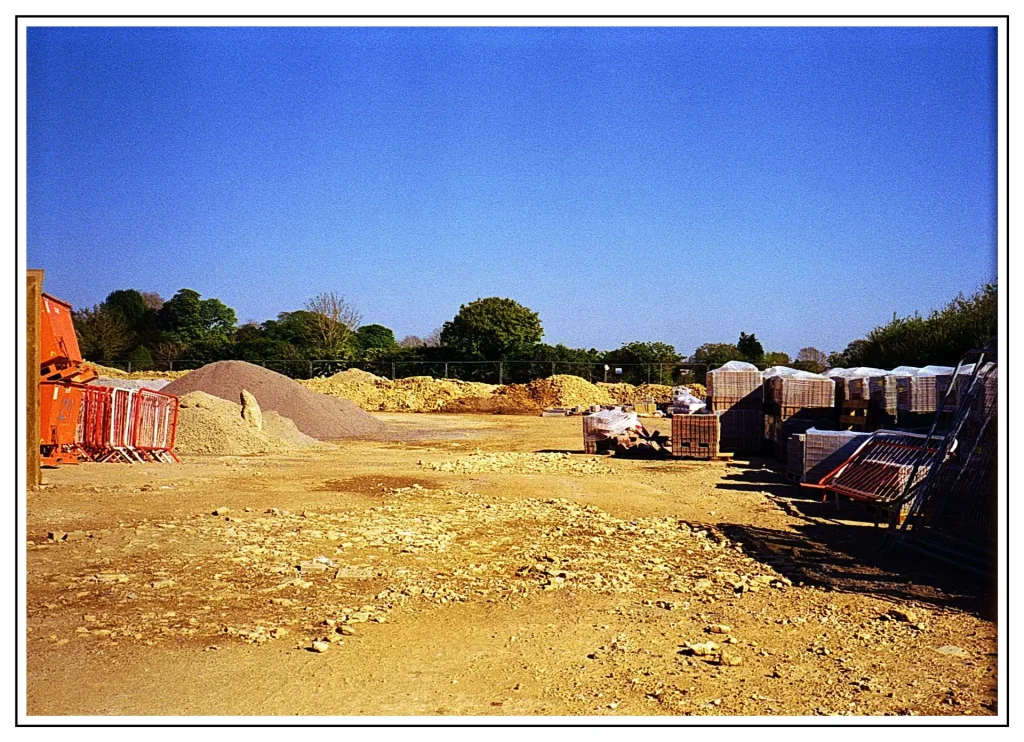
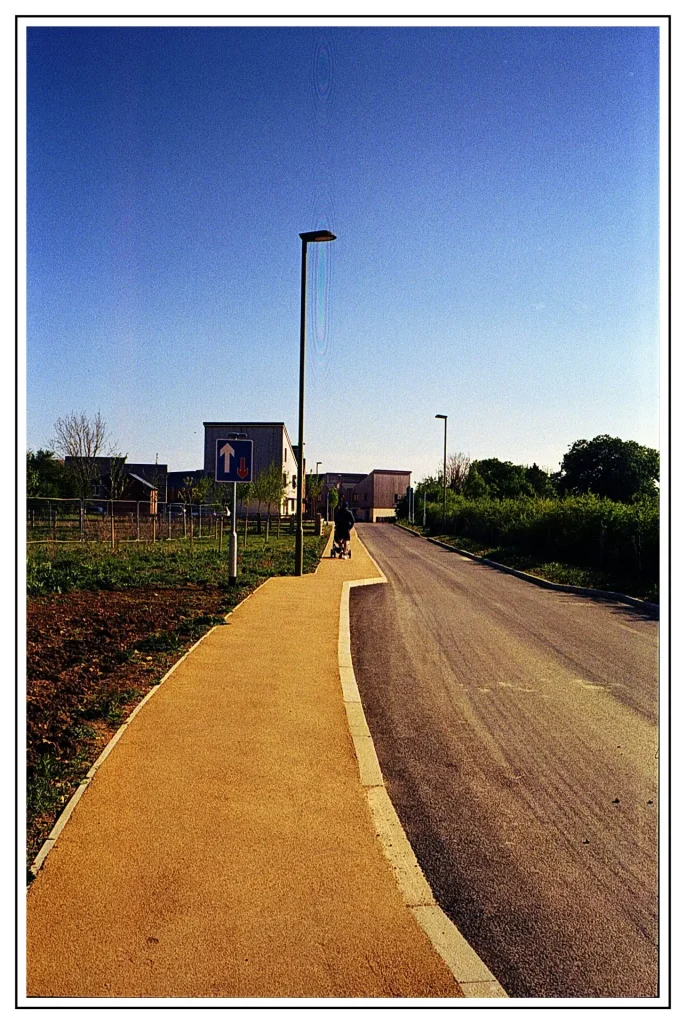
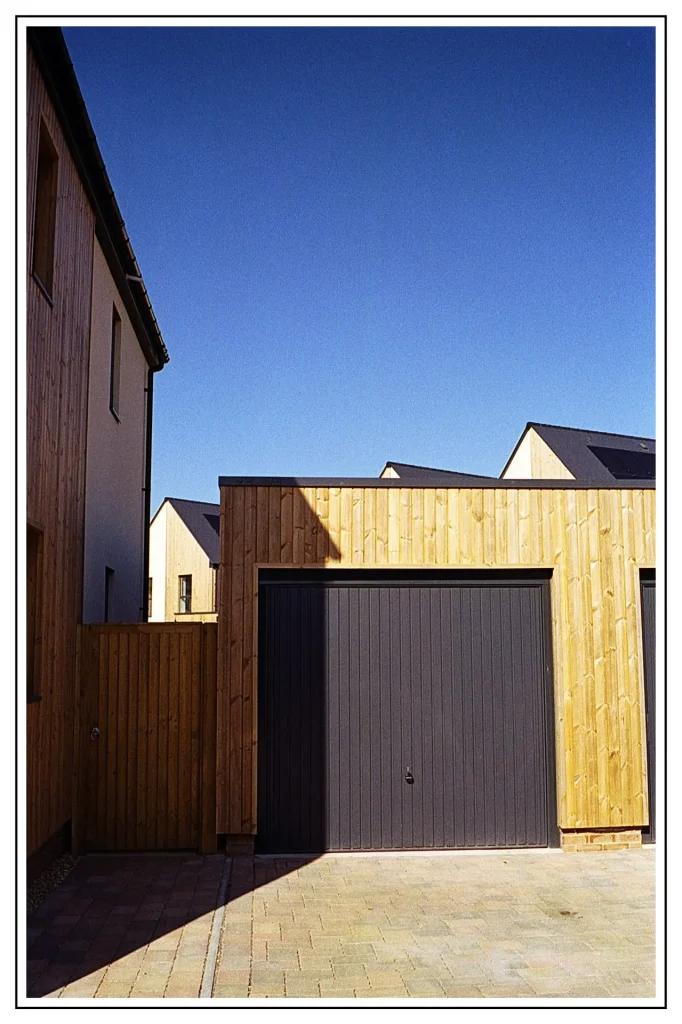
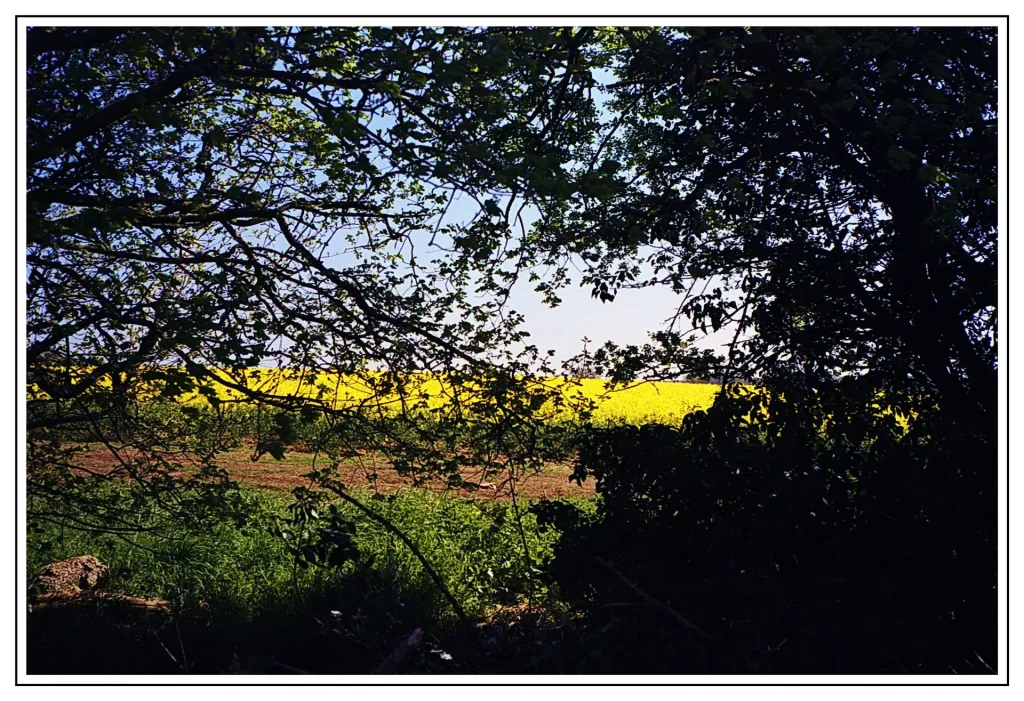
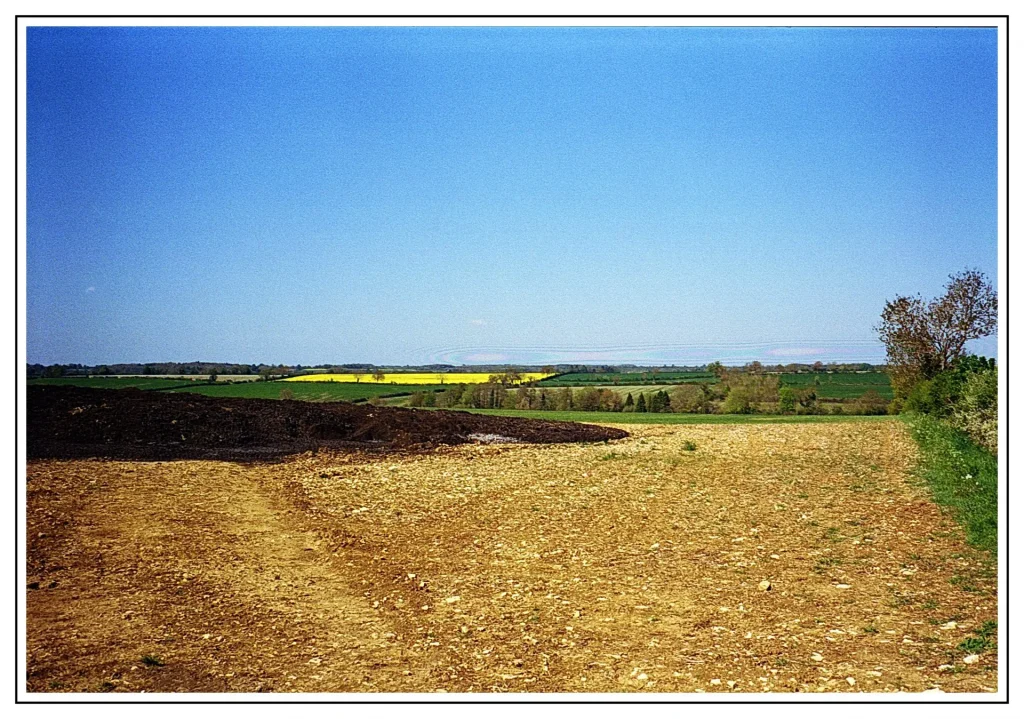
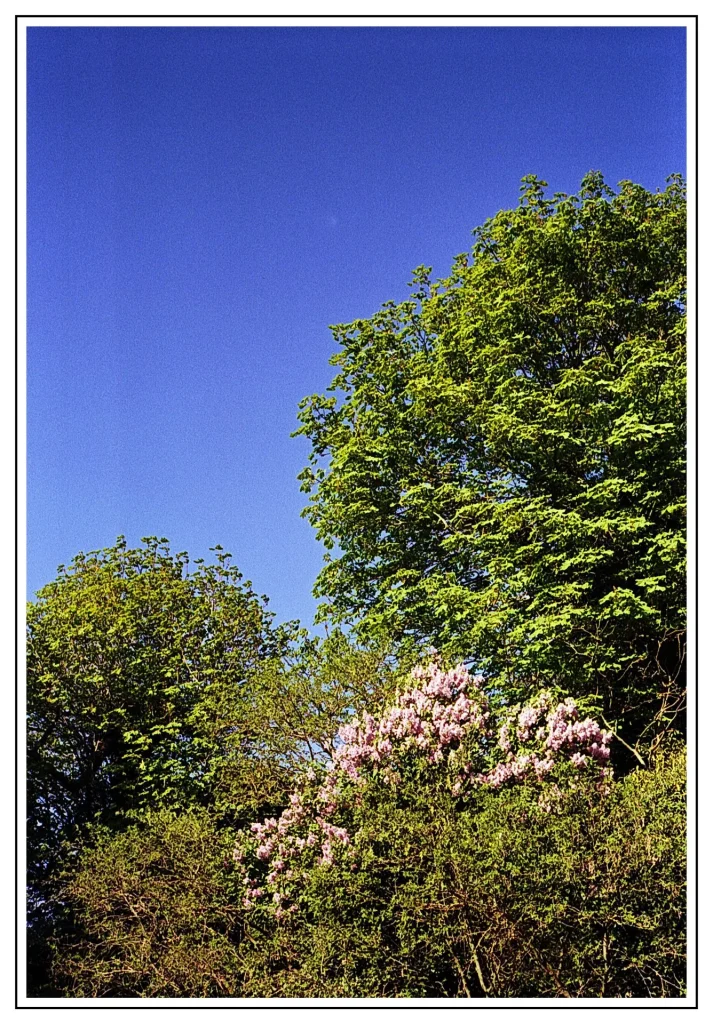
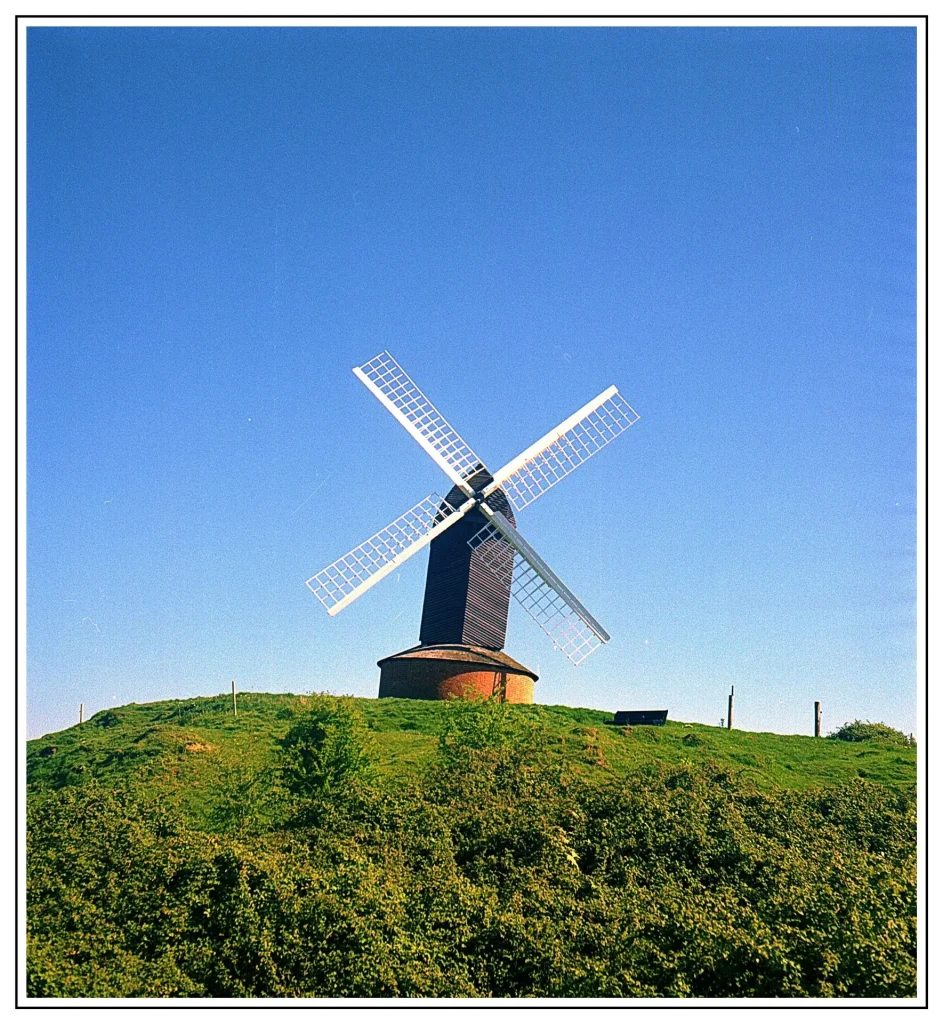

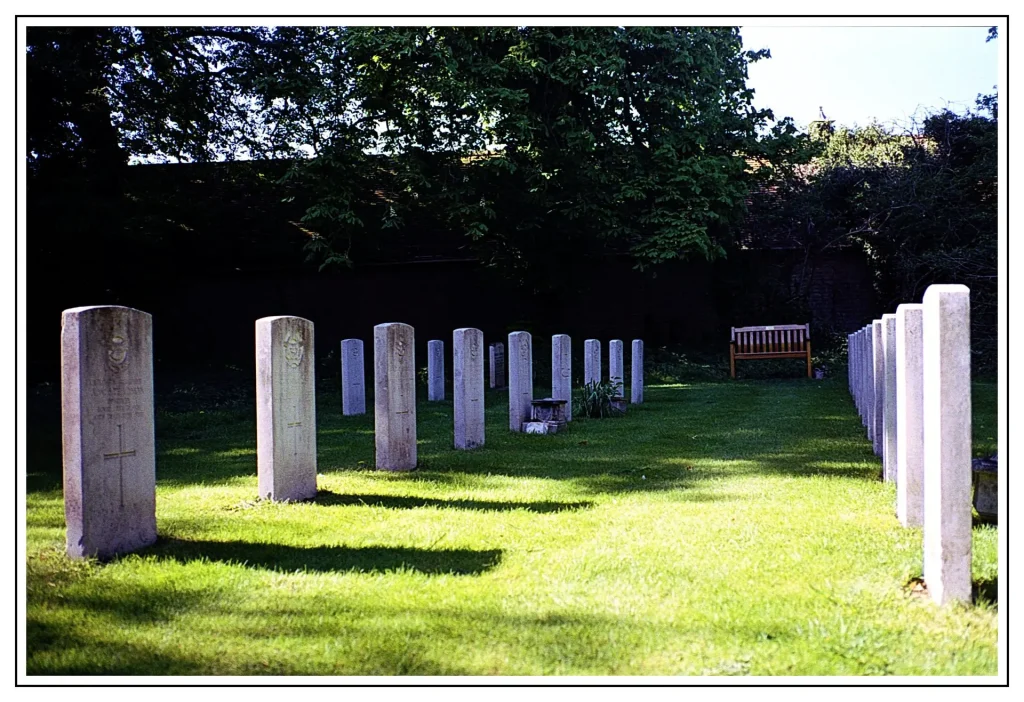

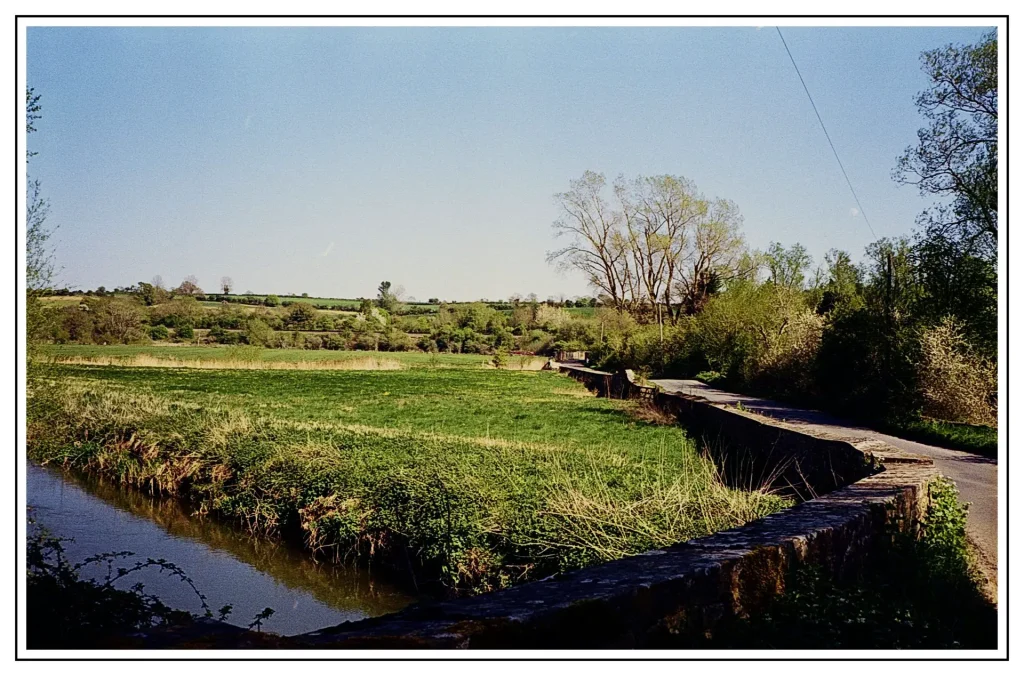
Considerations
Of course I made errors… In the pictures there is some dust here and there, and also some watermarks. I am used to draining the films with the squeegee straight out of the development tank and I find it more difficult with the 120. Also, because of its thickness and dimensions, it feels as though it is easier to scratch it in the film changing bag.
My next step will be to clean the negatives with isopropyl alcohol in order to remove the watermarks – unless anyone got better solution?
In some images there are some marks on the right hand side which I do not understand what they are, and they don’t seem to be watermarks to me.
Because 120 format film are not in canisters, so are not completely light sealed, when loading up the camera you have to keep a thumb on the roll in order to keep the film in tension. As such, at the beginning, I thought I made some mistake at this point. I thought that these lines were caused by some sort of light leak, but checking it more carefully I don’t think this is the case either. Maybe I just forced the film a bit when I was loading it up on the reel and it got ruined?
As usual, I would love to receive constructive comments and tips.
If you fancy, you can check out my Instagram.
You can read more about my journey into shooting film here.
Cheers,
Andrea
Share this post:
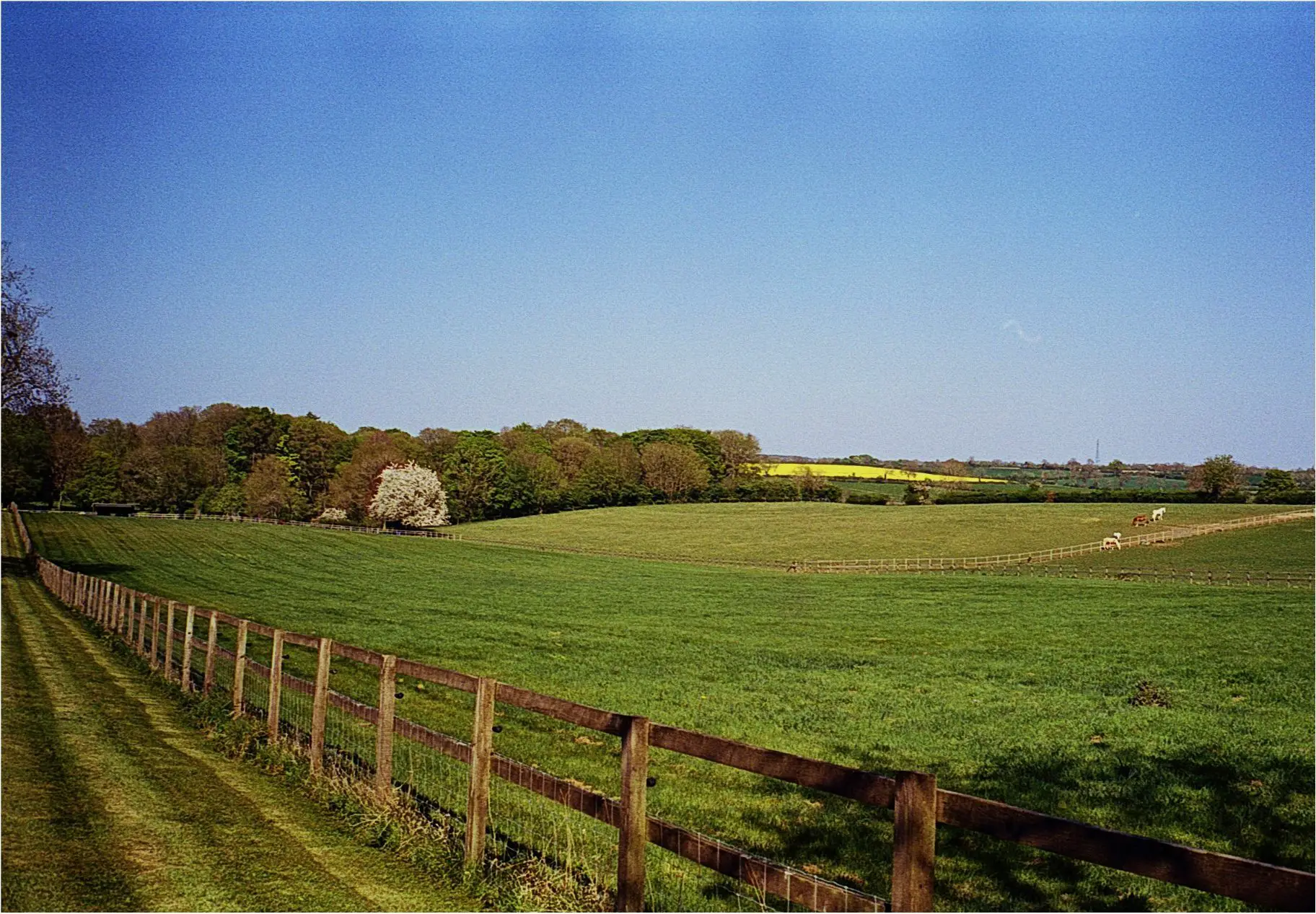








Comments
Eric Norris on First Experiments in Home Developing Colour – My First Steps into Analogue – Part 5 – By Andrea Bevacqua
Comment posted: 04/06/2020
I've been getting great results with Cinestill's C41 kit for color film. Only two chemicals (developer/stop and blix), and a total of about 12 minutes of processing. It's really quite easy, and every roll I have processed so far has turned out just as it would have from the professional lab I had been using until they shut down for the COVID-19 crisis.
It's also inexpensive. Cinestill says I can process 24 rolls with a batch of chemicals that they charge $25 for, which translates to about $1 a roll.
Comment posted: 04/06/2020
Richard on First Experiments in Home Developing Colour – My First Steps into Analogue – Part 5 – By Andrea Bevacqua
Comment posted: 04/06/2020
I just wanted to point out that there are some instances of Newton rings on your scans. These are not caused by mistakes during developing but rather because the film touches the glass of your flatbed scanner. You can avoid these by raising the film up some more where it is touching.
Nice pictures, I want to develop color at home as well!
Comment posted: 04/06/2020
Comment posted: 04/06/2020
Comment posted: 04/06/2020
Comment posted: 04/06/2020
Comment posted: 04/06/2020
Comment posted: 04/06/2020
Comment posted: 04/06/2020
Comment posted: 04/06/2020
Comment posted: 04/06/2020
Comment posted: 04/06/2020
Philip Lambert on First Experiments in Home Developing Colour – My First Steps into Analogue – Part 5 – By Andrea Bevacqua
Comment posted: 04/06/2020
Phil
Comment posted: 04/06/2020
John on First Experiments in Home Developing Colour – My First Steps into Analogue – Part 5 – By Andrea Bevacqua
Comment posted: 04/06/2020
Comment posted: 04/06/2020
Bruno Chalifour on First Experiments in Home Developing Colour – My First Steps into Analogue – Part 5 – By Andrea Bevacqua
Comment posted: 04/06/2020
Comment posted: 04/06/2020
Marc Wick on First Experiments in Home Developing Colour – My First Steps into Analogue – Part 5 – By Andrea Bevacqua
Comment posted: 04/06/2020
Comment posted: 04/06/2020
Kurt Ingham on First Experiments in Home Developing Colour – My First Steps into Analogue – Part 5 – By Andrea Bevacqua
Comment posted: 04/06/2020
Comment posted: 04/06/2020
Malcolm Myers on First Experiments in Home Developing Colour – My First Steps into Analogue – Part 5 – By Andrea Bevacqua
Comment posted: 05/06/2020
Comment posted: 05/06/2020
Comment posted: 05/06/2020
John Furlong on First Experiments in Home Developing Colour – My First Steps into Analogue – Part 5 – By Andrea Bevacqua
Comment posted: 05/06/2020
This guy has a good reputation for his products - the only 'downside' is that he's in the USA, so there's import duty and handling charges from ParcelFarce to take into consideration. In terms of temperature control, it looks like the 'sous vide' devices are becoming more affordable - there's on on eBay for around the 40 quid mark.
I particularly liked your churchyard images - the shadow detail has come through beautifully.
Comment posted: 05/06/2020